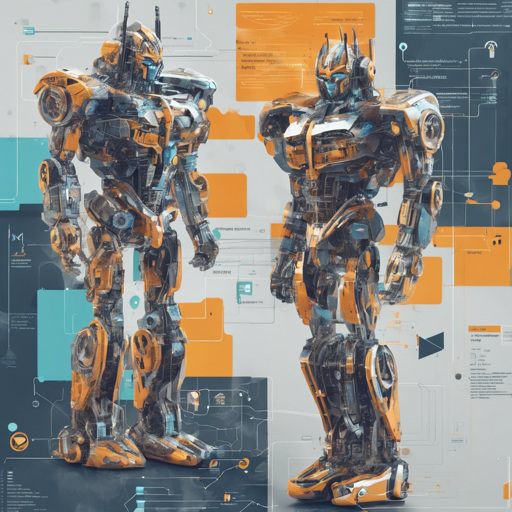Welcome to the world of multi-label image classification! In this article, we will explore how to implement the C-Tran model for image classification utilizing the power of transformers. If you’re excited about diving into the technical side of things, you’re in the right place. Let’s get started!
Getting Started
To run the C-Tran model, you’ll need to ensure you have Python version 3.7 and all necessary packages installed. You can find all the versions required in the requirements.txt file.
Training and Running C-Tran
For the C-Tran model, we will cover the steps needed to run it on both the COCO80 and VOC20 datasets. Below are the steps broken down:
C-Tran on COCO80 Dataset
- Step 1: Download the COCO dataset (19G) by running the command:
wget https://www.cs.virginia.edu/~yanjunjack/vision/coco.tar.gzmkdir -p data
tar -xvf coco.tar.gz -C datapython main.py --batch_size 16 --lr 0.00001 --optim adam --layers 3 --dataset coco --use_lmt --dataroot dataC-Tran on VOC20 Dataset
- Step 1: Download the VOC2007 dataset (1.7G):
wget https://www.cs.virginia.edu/~yanjunjack/vision/voc.tar.gzmkdir -p data
tar -xvf voc.tar.gz -C datapython main.py --batch_size 16 --lr 0.00001 --optim adam --layers 3 --dataset voc --use_lmt --grad_ac_step 2 --dataroot dataCode Explanation through Analogy
Imagine you are a chef preparing a culinary masterpiece. Each command in the code is like a step in your recipe:
- The
wgetcommands are similar to gathering your ingredients from the pantry – you need them before you can start cooking. - The
mkdir -p datacommand is akin to preparing your workstation – ensuring you have a clear and organized area to cook. - The
tar -xvfcommands are like washing and sorting your ingredients, making sure everything is ready for the cooking process. - Finally, when you run the
python main.pycommand, it’s like putting everything into the pot and cooking away, trusting that the combination of your carefully chosen ingredients will yield a delicious result.
Troubleshooting
While working with C-Tran, you may encounter some issues. Here are a few troubleshooting ideas:
- If you face errors during installation, double-check the versions listed in requirements.txt and ensure compatibility with Python 3.7.
- If data extraction fails, confirm the integrity of your downloaded datasets and verify that the intended directory exists.
- For any runtime errors, try reducing the batch size or learning rate to see if the model stabilizes.
For more insights, updates, or to collaborate on AI development projects, stay connected with **[fxis.ai](https://fxis.ai)**.
Conclusion
At **[fxis.ai](https://fxis.ai)**, we believe that such advancements are crucial for the future of AI, as they enable more comprehensive and effective solutions. Our team is continually exploring new methodologies to push the envelope in artificial intelligence, ensuring that our clients benefit from the latest technological innovations.
Now, you’re all set to tackle multi-label image classification using transformers! Enjoy your coding journey and happy training!

